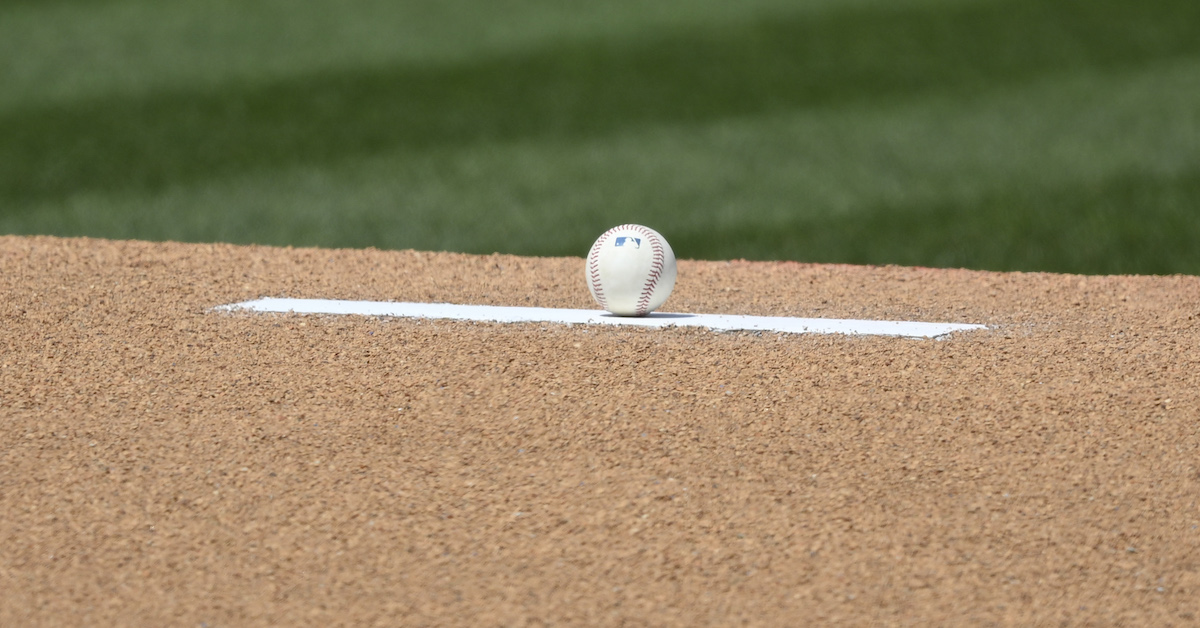The Lurking Influence of Batted Ball Spin

If I may, I think the uncertainty regarding this season’s offensive environment has made us a bit paranoid. Are hitters lagging behind pitchers due to an irregular spring training? Is the ball not traveling like it once did because it’s been replaced yet again, or is the mass introduction of humidors to blame? Or worse, has MLB introduced multiple balls into the game, some of which are being used in certain games to boost action or influence outcomes?
That last theory has been floating around my Twitter feed for a while now. I’m not going to discuss whether it’s true, but I brought it up because supporters of the multiple ball theory will often compare two batted balls with near-identical exit velocities and launch angles. One ends up traveling more than the other, despite all the indications that it should not. Aha! Something must be up.
In response, a lot of people have suggested batted ball spin as an explanation. Maybe one ball came off the bat with backspin and the other came off with topspin, which would drag the ball down as it traveled through the air. Unfortunately, since data on batted ball spin isn’t available on Baseball Savant, this might seem like a dead end. Don’t worry, though: I had some leftover Trackman data on 2021 NCAA Division I baseball games from a piece that Eric Longenhagen and I collaborated on during last year’s Draft Week, and they contain mostly complete readings on the spin of a batted ball. Could we use collegiate baseball to learn about the odds and ends of batted ball spin, and what it tells us about hitting? Read the rest of this entry »













